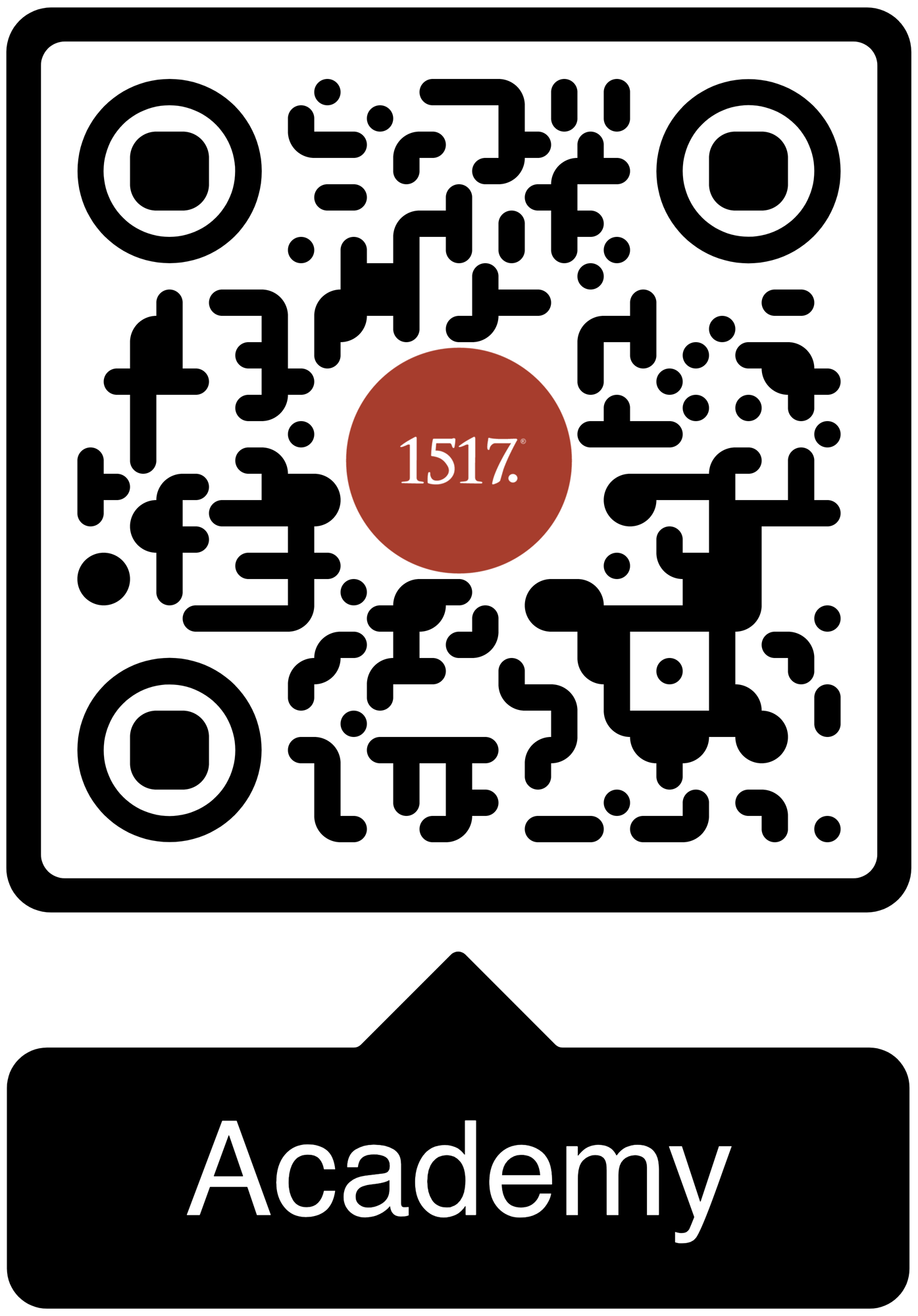One glorious resurrection day Jesus is going to lead this flock called the Church “through the valley of the shadow of death” to eternal life in His Kingdom forever.
Those of us who live by the rhythm of the Church Year are well acquainted with a little thematic break we have right in the middle of Eastertide. It is called “Good Shepherd” Sunday which derives its name from the obvious theme of the Gospel, Epistle, and appointed Psalm of the day in the three-year lectionary. Since it is “meet, right and salutary” for us to take this thematic break we will also take a little break from our series in Acts by simply springing off Acts 20:28-3:
“Pay careful attention to yourselves and to all the flock, in which the Holy Spirit has made you overseers, to care for the Church of God, which He obtained with His own blood. I know that after my departure fierce wolves will come in among you, not sparing the flock; and from among your own selves will arise men speaking twisted things, to draw away the disciples after them. Therefore, be alert!”
From here, we can use this as an opportunity to focus more specifically on Psalm 23, the previously mentioned appointed Psalm for the day and a view of Paul’s ministry that may be fresh and new.

Playing off the absolute familiarity of this Psalm, we will use an “Imagistic Structure” to highlight the dynamic between the familiar and the unfamiliar in our text and art from the image.
We return once again to the “Central Image Structure.” In this construction we are going to use a single image throughout the sermon which is used to foster devotional contemplation of Christ as our Good Shepherd.
Using a classic work of ecclesiastical art like the Good-Shepherd-stained-glass-window, we begin the sermon by describing the image for the hearers. From this image we mine Psalm 23 as a source for continuing devotional contemplation throughout the sermon together with the image:
“The image serves as a lens through which one views the textual exposition, the theological confession, the evangelical proclamation, and the hearer interpretation of the sermon. Having a single image lends coherence to the sermon.”
As done previously, we will use a single focus rather than a multiple focus for this sermon. With a single focus the image remains the same throughout the sermon. Our single focus will be on the image of the “bummer lamb” which is central and unchanging to the devotional contemplation and our way of thinking about the apostle Paul’s reception by the flock of God and our own experience sometimes in the flock.
From this single focus, the sermon can reinforce one theme in a first encounter with the image which will establish the Gospel focus and then, as the image is applied again and again in the sermon, it locates the theme in relation to the text and then, later, in relation to the hearers. By focusing on one part of the image (the bummer lamb), which remains in the fore of the minds of the hearers, a fresh approach is then created for the listeners through the art on display. As the preacher, you are:
“Changing how the image is seen, and the hearers are able to track the basic development of a larger theme in the sermon. Each stage of development (for example, moving from a misconception to a clearer vision, or moving from application in terms of one’s relationship to God to application in terms of one’s relationship to others) is captured by preaching the image through a different perspective.”[1]
In order to set up what we are going to do with Psalm 23 along with our image of the Good Shepherd, I want to begin by talking about a phenomenon in shepherding that you may or may not be aware of. It is the occurrence in a flock of sheep called the “bummer lamb.” This is how you can recognize the phenomenon. When a lamb is born, sometimes it happens that the newborn lamb is rejected by its mother. She does not allow it to feed. She attempts to smother it. She shoulders it into the fence to drive it away and worse she may even sometimes kick it to try and cause it to die. Bummer... I know. All the flock rejects this lamb, except the Shepherd. A good Shepherd, when they see this happening, takes the little lamb from the flock and holds it in their arms, feeds it from their hand, and lets it sleep on their chest. The lamb is now no longer a “bummer lamb,” it has become the “shepherds lamb.” In fact, later on when the lamb is strong enough to be re-introduced to the flock, whenever the Shepherd comes to lead the flock, the first sheep to greet them is the “Shepherd’s lamb.” The reason is because that specific sheep along with all the rest know his voice and know his words and know his care (John 10:5 and 10:27).
If you think this is wild, there are numerous articles online about this phenomenon. One rancher explains the amount of care that goes into taking care of the Bummer lamb:
“Bummer lambs create a lot of work for time-pressed farmers with larger flocks and acreage to tend to. They need this care because bummer lambs do not always make it. Bummer lambs are often weak because they have a problem that will prevent them from thriving. Lambs can have birth defects that are impossible to see. Often, sheep do not show any symptoms of a problem until it is too late to deal with it.”[2]
Now, look at the iconic stained glass window of the Good Shepherd.
What does He have in His arms? The bummer lamb! It has been there the whole time. This is a perfect image of Paul. Rejected by the former family of the faith and re-introduced to the flock under Christ, he was called to be a fellow sheep of His own fold. Paul was always the bummer lamb. From fellow Jews to gentiles alike, he was always on the outs. But never with Christ. Are we not like the bummer lamb? We are all born with the fatal curse of original sin (Psalm 51:5) which prevents us from being accepted by God and others around us (Romans 6:23; 7:19-25). But before it was too late, Jesus, the Good Shepherd, came, took us in His arms (Romans 5:8-10), and commited to taking the time to save us; six hours one Friday, thirty three years on earth, a plan made in time for eternity since our fall all the way back in the Garden. But more than that! One glorious resurrection day He is going to lead this flock called the Church “through the valley of the shadow of death” to eternal life in His Kingdom forever. Listen to Psalm 23 through the lens of the “bummer lamb.” Look at this window into God’s grace even as you look at this work of art made from stained glass.
Psalm 23
The Lord is my shepherd; I shall not want.
He makes me lie down in green pastures.
He leads me beside still waters.
He restores my soul.
He leads me in paths of righteousness
for his name’s sake.
Even though I walk through the valley of the shadow of death,
I will fear no evil,
for you are with me;
your rod and your staff,
they comfort me.
You prepare a table before me
in the presence of my enemies;
you anoint my head with oil;
my cup overflows.
Surely goodness and mercy shall pursue[3] me
all the days of my life,
and I shall dwell in the house of the Lord
forever.
As a preacher, when you listen to this psalm now through this single central image, think of how each verse connects to the theme of the “bummer lamb.” Anticipate how your hearers can see the Psalm and the title of Good Shepherd anew because of this fresh understanding. Press into the art of the window as the sun shines through it to illuminate and ignite our devotional contemplation on this text of Scripture centered in the Gospel action of our resurrected savior Jesus. Create connections to the other readings from Revelation 7:9-17 or John 10:22-30 or even Ezekiel 34:11-16.
Craft a hearing of the experience of the “bummer lamb” through the art of the classic stained glass window centered in the words of our text from Psalm 23 and rooted in the real life experiences of Paul which will grant a new hearing to a familiar text that will magnify the Gospel in your proclamation of the life death and resurrection of Jesus Christ for the benefit of our hearers faith or life.
------
Additional Resources:
Craft of Preaching-Check out out 1517’s resources on Acts 20:17–35.
Concordia Theology-Various helps from Concordia Seminary in St. Louis, MO to assist you in preaching Acts 20:17–35.
Lectionary Kick-Start-Check out this fantastic podcast from Craft of Preaching authors Peter Nafzger and David Schmitt as they dig into the texts for this Sunday!
The Pastor’s Workshop-Check out all the great preaeching resources from our friends at the Pastor’s Workshop!
------
[1] https://concordiatheology.org/sermon-structs/dynamic/imagistic-structures/central-image/
[2] https://www.hobbyfarms.com/bummer-lambs-are-a-bargain/
[3] My translation of רָדַף radaph





